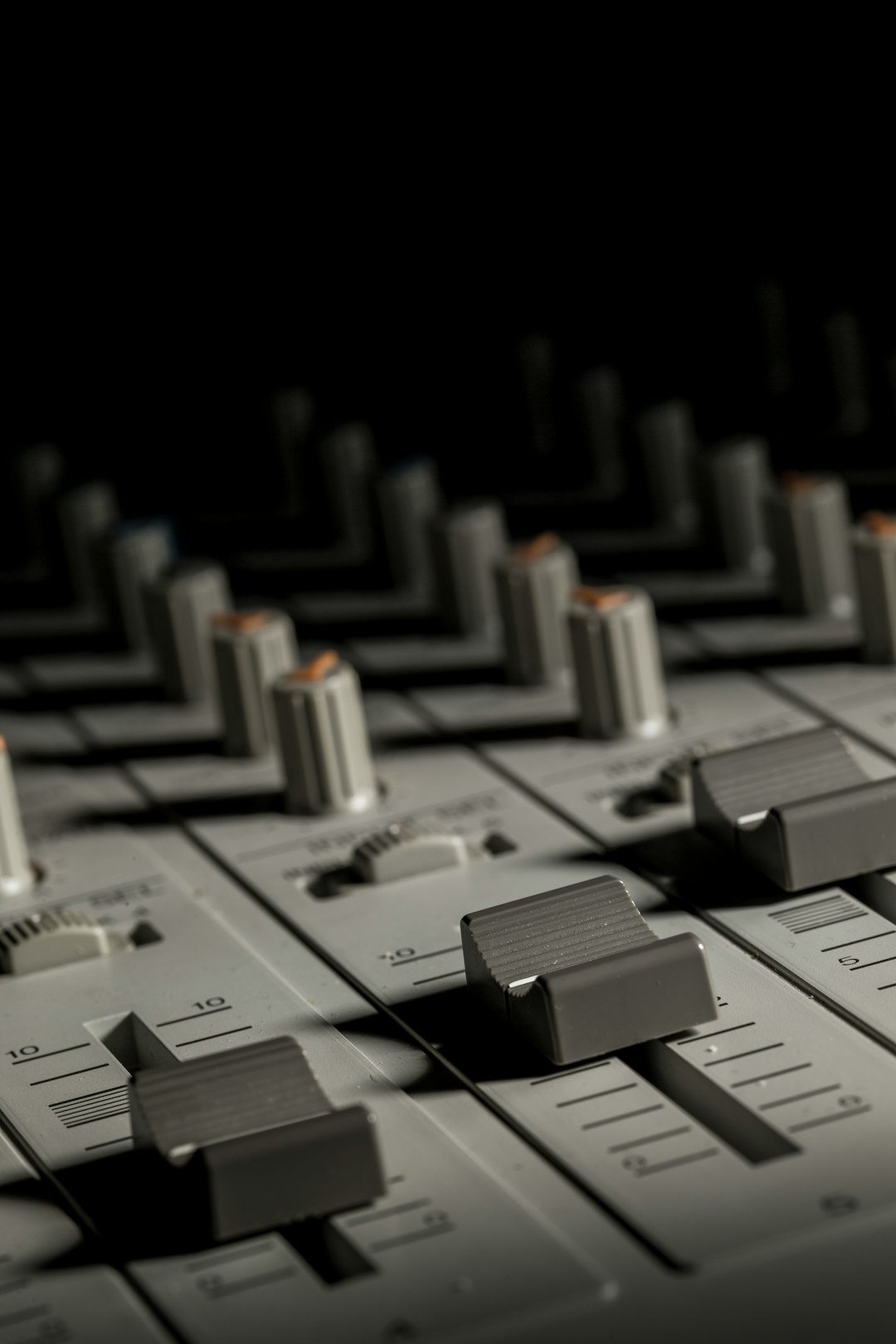Jumpstyle is a high-energy subgenre of electronic dance music that demands pounding, distorted kick drums to drive its unique rhythm. If you’re working in BandLab—a free, cloud-based DAW—and want to produce that signature Jumpstyle kick, you’re in the right place. Whether you’re a beginner or a seasoned producer exploring new genres, this guide will walk you step-by-step through the process of crafting a professional-sounding Jumpstyle kick using the tools available in BandLab.
TL;DR (Too Long; Didn’t Read)
Creating a Jumpstyle kick in BandLab involves layering a base kick sample with heavy distortion and saturation, then enhancing it with EQ and compression. You’ll need to resample, pitch, and refine your kick to ensure it punches through the mix. BandLab offers enough flexibility to design hard-hitting Jumpstyle kicks using onboard effects and virtual instruments. Follow our guide step-by-step, and you’ll be well on your way to mastering this powerful sound.
What is a Jumpstyle Kick?
A Jumpstyle kick isn’t your average kick drum. Originating in Belgium and gaining popularity in the Netherlands, Jumpstyle is characterized by its raw, aggressive kick drums that have both punch and body. These kicks often sound distorted, clipping in a musical way, and are designed to cut through a full mix while maintaining a tight, rhythmic bounce typical of Jumpstyle music.
Why Use BandLab for Jumpstyle Production?
BandLab may not be the first DAW that comes to mind for hard dance music, but it offers several powerful tools in a user-friendly interface—making it a great place to start building Jumpstyle kicks. Its online accessibility, free-to-use model, and cloud-based project management make it particularly attractive to aspiring producers on a budget.
Essential Elements of a Jumpstyle Kick
To create a convincing Jumpstyle kick, there are a few key characteristics to keep in mind:
- Hard Punch: The kick needs to hit hard and dominate the low-mid frequency range.
- Distorted Tail: The tail of the kick often has a gritty, saturated tone that adds aggression.
- Pitch Manipulation: Many kicks are pitched per track requirements to add musicality or increase intensity.
- Consistent Envelope: The transients must be clear, and the decay smooth to maintain rhythmical flow.
Step-by-Step Guide to Making a Jumpstyle Kick in BandLab
1. Choose Your Base Kick Sample
Start by selecting a punchy kick sample. BandLab offers a wide range of samples in the Loops section. You want to choose one that has a clean transient but enough body in the mid-to-low frequencies.
- Go to Loops & Samples in BandLab.
- Search for “Kick” in genres like EDM, Hardstyle or Techno.
- Drag the sample into your track.
2. Apply Saturation and Distortion
Use the Distortion and Saturation effects in BandLab to roughen the sound. A good Jumpstyle kick often has a harsh tail, and this texture comes mainly from distortion.
- Select the Kick track and open the Effects panel.
- Add the Overdrive or Distortion effect.
- Adjust the gain and tone to get a gritty sound without losing clarity.
- Optionally follow with a Saturation plugin to warm up the harmonics.
Tip: Combine different distortions at lower intensities for a more controlled but aggressive sound.
3. Use an EQ to Shape the Sound
EQ is invaluable in creating space for your kick in the mix.
- Cut unnecessary high frequencies above 8 kHz.
- Boost around 100–200 Hz for punch.
- Notch out any muddy frequencies in the 300–500 Hz range.
This is where your kick really starts to have presence.
4. Compress for Punch and Uniformity
Next, use a compressor to glue the processed layers and give the kick a tighter dynamic range.
- Open the Effects panel and add Compressor.
- Set a fast attack time (~10ms) and a moderate release (~80ms).
- High ratio (5:1 or more) will help control spikes and bring up quieter details.
The objective here is smooth but impactful dynamics that hold the beat together.

5. Resample and Render Your Kick
After you’re happy with the initial shaping, render your kick by exporting it and re-importing it. This resampling method helps you free up resources and prepare for further pitch or time edits.
- Solo the kick track and export it as a WAV file.
- Create a new track and import the rendered file.
6. Pitching the Kick
Pitch shifting is a major part of Jumpstyle kicks, particularly to match the key of your song or add aggressive tone changes.
- Select the resampled kick and use the Pitch control in BandLab.
- Experiment between -3 and +3 semitones to find the sweet spot.
- Some Jumpstyle producers use downward pitching for even more aggressive tone.

7. Add Extra Layers for Texture (Optional)
Sometimes a single sample isn’t enough. Add high-frequency layers (like clicks or snares) over the transients to make the kick cut through even more.
- Use a short clap, click or distorted snare sample.
- High-pass these layers to avoid low-end conflicts.
- Align them perfectly with the kick’s transient.
8. Add Final Processing on Kick Bus
If you’re layering, group all your kick elements into a bus. Add gentle compression, saturation, or EQ on the group to tie everything together.
This final polish helps solidify the kick’s place in your mix and prepares it for arrangement in your full Jumpstyle production.
Tips for Better Results
Here are some additional tricks to enhance your workflow and kick sound design:
- Use Reference Tracks: Compare your kicks with professional Jumpstyle artists like Headhunterz or Brennan Heart.
- Don’t Overdo Distortion: Too much distortion can ruin dynamics. Always A/B with and without it.
- Check Across Devices: Test your kick on phone speakers, headphones, and monitors to ensure clarity and power.
Conclusion
Building a Jumpstyle kick in BandLab is not only possible but can also yield impressive results if done methodically. Focus on layering, distortion, careful EQ, and dynamic control. BandLab’s wide library of loops and effects tools gives producers a robust starting point, and with enough experimentation, your kicks can stand tall next to commercial-quality productions.
Whether you’re making music for fun or aiming to build a serious Jumpstyle library, crafting powerful kicks will be a foundational skill. Now that you know the process inside out, fire up BandLab and get started on shaking some speakers.

